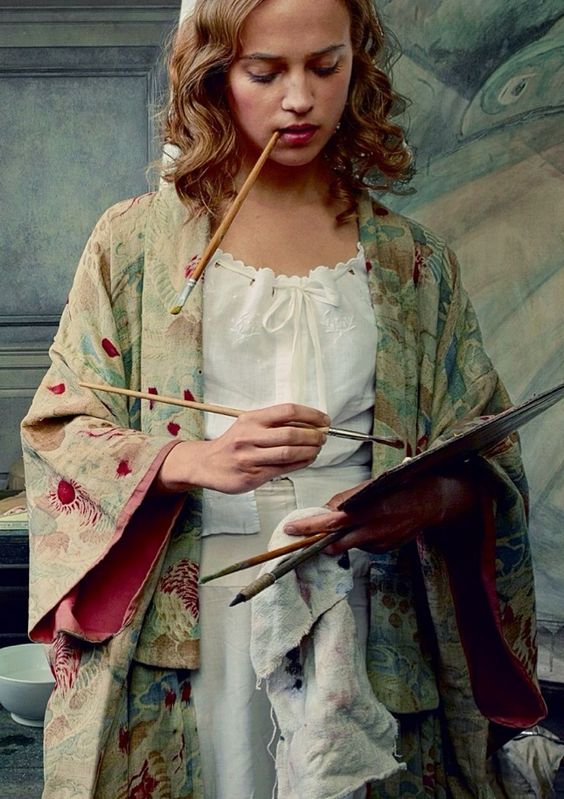
The Saturn-Neptune Square in the Artist’s Psyche
 The Saturn-Neptune aspect holds profound significance for artists, offering a rich tapestry of psychological dynamics and invaluable learning lessons. This celestial alignment intertwines the grounding essence of Saturn with the ethereal, alluring, and imaginative tendencies of Neptune. As artists traverse this complex terrain, they embark upon a transformative journey that encompasses both tangible manifestations and the elusive realm of the collective unconscious. It is a dance between anchoring idealism and infusing it with tangible form.
The Saturn-Neptune aspect holds profound significance for artists, offering a rich tapestry of psychological dynamics and invaluable learning lessons. This celestial alignment intertwines the grounding essence of Saturn with the ethereal, alluring, and imaginative tendencies of Neptune. As artists traverse this complex terrain, they embark upon a transformative journey that encompasses both tangible manifestations and the elusive realm of the collective unconscious. It is a dance between anchoring idealism and infusing it with tangible form.
Renowned astrologer Liz Greene has shed light on the significance of this aspect, particularly in relation to musicians, entertainers, and filmmakers. It beckons to creative endeavors that evoke collective emotions, urging artists to embody and materialize the ethereal currents of Neptune. In astrology, Saturn bestows upon us the gifts of perseverance, steadfastness, patience, and ultimate physical rewards. Greene further suggests that the artistic nature finds even greater expression when accompanied by more potent Neptune aspects such as Sun-Neptune, Moon-Neptune, or Neptune on the Ascendant.
Neptune, the true mystic and devotee in the realm of astrology, resonates as an ocean adorned with countless mirrors. These mirrors reflect the dreams, memories, and reflections of every individual, encompassing the vast depths of the collective consciousness. However, navigating the Saturn-Neptune aspect can prove challenging as Saturn establishes boundaries against the outer planets—Uranus, Neptune, and Pluto. Thus, it becomes a delicate balance between duty and sacrifice, encompassing perceptions of failure, burdens, and sadness. It stirs a yearning for higher meaning, unity, and connection with the transpersonal realm, while simultaneously confronting the harsh realities and inherent separations of existence.
Beyond the Confining Walls: The Artistic Journey of Saturn and Neptune
 Imagine an artist confined within a box, its boundaries defined by the imposing presence of Saturn and Neptune. This box represents the limitations and constraints that restrain the artist’s immense capacity for expression. Saturn, the stern taskmaster, erects walls around the artist, emphasizing discipline, structure, and the practical aspects of their craft. Neptune, on the other hand, weaves an ethereal veil, stirring the artist’s imagination and beckoning them to explore the realms of dreams and transcendence. Inside this box, the artist yearns to break free, to unleash the full force of their creative potential. They envision a vast landscape of possibilities beyond the confining walls, where their artistic visions can roam freely. Their desire to bridge the gap between the real and the ideal, between tangible form and intangible dreams, consumes them.
Imagine an artist confined within a box, its boundaries defined by the imposing presence of Saturn and Neptune. This box represents the limitations and constraints that restrain the artist’s immense capacity for expression. Saturn, the stern taskmaster, erects walls around the artist, emphasizing discipline, structure, and the practical aspects of their craft. Neptune, on the other hand, weaves an ethereal veil, stirring the artist’s imagination and beckoning them to explore the realms of dreams and transcendence. Inside this box, the artist yearns to break free, to unleash the full force of their creative potential. They envision a vast landscape of possibilities beyond the confining walls, where their artistic visions can roam freely. Their desire to bridge the gap between the real and the ideal, between tangible form and intangible dreams, consumes them.
However, the box holds them captive, its boundaries reminding them of the limitations and challenges they face. Saturn’s presence reminds the artist of the importance of discipline and perseverance. It demands that they understand the practical aspects of their craft, master their skills, and navigate the harsh realities of the art world. It urges them to refine their artistic vision, to ground it in the tangible, and to seek recognition for their work.
Simultaneously, Neptune’s enchanting influence within the box fuels the artist’s yearning for artistic transcendence. It whispers of boundless inspiration, enticing the artist to explore the depths of their imagination, to dive into the collective unconscious, and to find profound connections with the human experience. Neptune’s influence evokes the artist’s desire to create something that resonates deeply with others, something that stirs emotions, dreams, and memories. The artist finds themselves caught between the opposing forces of Saturn and Neptune. They grapple with the tension between structure and freedom, between discipline and creative abandon. It is within this confined space that the artist must find their own unique balance, their personal alchemy of creativity.
The artist understands that breaking out of the box entirely is not the answer. Instead, they learn to navigate the boundaries, to push against the limitations while embracing the lessons that Saturn teaches and the inspiration that Neptune offers. They discover that the true power lies in channeling the vastness of their imagination through the focused lens of discipline and craftsmanship. They recognize that by bridging the gap between the practical and the ethereal, they can create art that transcends limitations and touches the souls of others.
Ultimately, the artist learns that the confinement of the box does not stifle their creativity; it becomes a crucible of growth and self-discovery. By embracing the interplay of Saturn and Neptune, they unlock the transformative potential within, transcending the confines of their limitations and forging a unique artistic path that resonates with authenticity and profound beauty.
The Dreams Encounter the Harsh Light of Realism
While this aspect has the potential to manifest the artist’s imagination into tangible form, it also carries the risk of fostering unrealistic fantasies. The watery bridge between Saturn and Neptune presents its own set of challenges, as it exposes the disparity between lofty ideals and the constraints of actual reality. Dreams encounter the harsh light of realism, and the fantastical realm of Neptune grapples with the sobering presence of Saturn. Furthermore, Neptune’s power to dissolve Saturn’s structures adds another layer of complexity, making the journey across this overpass even more arduous.
Through the Saturn-Neptune aspect, artists are compelled to delve deep into the recesses of their psyche, grappling with the interplay of imagination and reality. It is within this profound struggle that invaluable psychological growth and learning opportunities lie. By embracing the tensions inherent in this aspect, artists can learn to balance their artistic vision with the practical demands of the world. They gain a deeper understanding of the importance of perseverance, the significance of embodying their dreams, and the inherent sacrifices required to bring their art into the world.
Ultimately, the Saturn-Neptune aspect offers artists a psychological landscape teeming with possibilities and challenges. It calls upon them to navigate the delicate dance between dreams and reality, transcending boundaries and embodying the other worldly in tangible form. This aspect, while demanding, holds within it transformative potential and invaluable lessons for those who embark upon the artistic journey.
Saturn Square Neptune Aspect
Richard Tarnas calls this contact the ideal and real, pointing out that there is an underlying archetypal theme, and clarifying the tension between these two radically different realms. Here is a brilliant article by the author on the Saturn in aspect to Neptune.
“On the one side, Saturn is associated with the principle of limit and finitude, the literal material and temporal world of concrete empirical reality; with realism, hard fact, mortality, the dark and problematic aspects of existence; with the impulse towards gravity, judgement, and discipline; with contraction, constriction, and endings; and with the establishing of strict boundaries, defined structures, and tense polarities. On the other side, associated with Neptune are the spiritual, ideal, and imaginative dimensions of life; the subtle, the intangible, and the invisible; the impulse to dissolve boundaries and structures in favor of underlying unities and undifferentiated wholes; and tendencies towards illusion, delusion, and escapism. In all of the following examples, for further simplicity and clarity of analysis, we will consider only those with Saturn and Neptune in hard, quadrature aspect—conjunction, opposition, or square.”
“It is through Art, and through Art only, that we can realize our perfection; through Art and Art only that we can shield ourselves from the sordid perils of actual existence.”
At the pinnacle of Saturn’s vibrational frequency resides the profound call to embrace our responsibilities and shoulder the weight of our burdens in order to materialize our aspirations. However, within the depths of this cosmic dance, Saturn’s concept of time collides with Neptune’s timelessness, presenting a psychological quandary that demands an intricate integration of the concrete and the transcendent, the practical and the ideal, the social and the spiritual.
In the realm of Neptune, one can easily become submerged in the enigmatic depths of the unconscious and the mystical forces that permeate existence. It is a realm where dreams intertwine with reality, where the boundaries of individual consciousness dissolve into the vastness of the collective. Conversely, Saturn beckons for a more conscious approach, urging us to build a solid foundation upon which to manifest our desires and navigate the complexities of the material world.
Within this celestial interplay, one can experience the dualistic nature of this aspect—a profound sense of painful isolation and an inherent longing to escape the clutches of mundane reality. It is a dance between yearning for the unattainable and grappling with the demands of practical existence. This aspect encapsulates the often ‘unbridgeable’ gap that exists between the realm of our dreams and the starkness of actuality.
Saturn’s teachings instill within us the necessary skills to bring our dreams into tangible form, to materialize our creative visions, and to navigate the complex intricacies of the artistic journey. Simultaneously, Neptune’s captivating essence invites us to explore the depths of our imagination and the boundless expanse of the collective unconscious. It encourages us to surrender to the flow of inspiration, to delve into the realm of dreams and symbols, and to connect with the transcendent aspects of our being. In doing so, we gain a heightened sense of empathy, intuition, and the ability to tap into the universal currents that underpin artistic expression.
The figures speak with the voice of millions when they express an emotion which is unique to them personally yet is also common to all. We don not all express genius in this way, nor can we express madness; however, for those individuals who have Saturn-Neptune contacts, there is always the brief glimpse of genius or madness, the plunge into the water for the brief experience of Neptunian ecstasy. Liz Greene

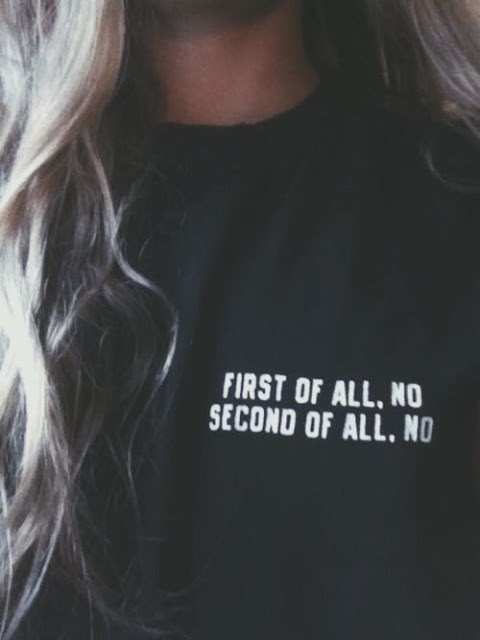
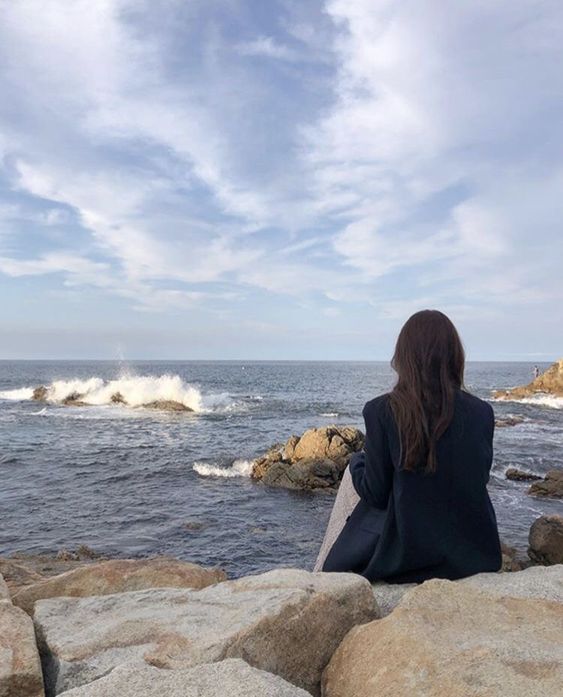

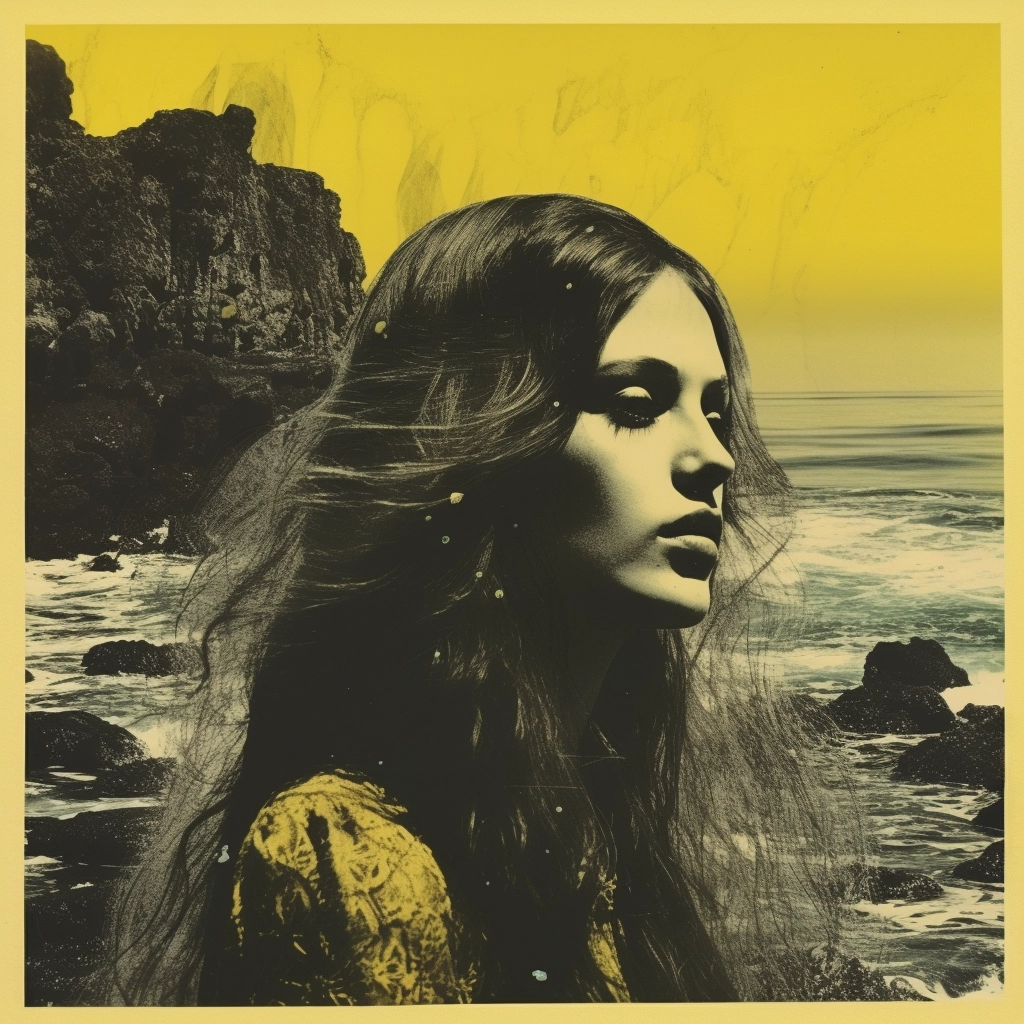


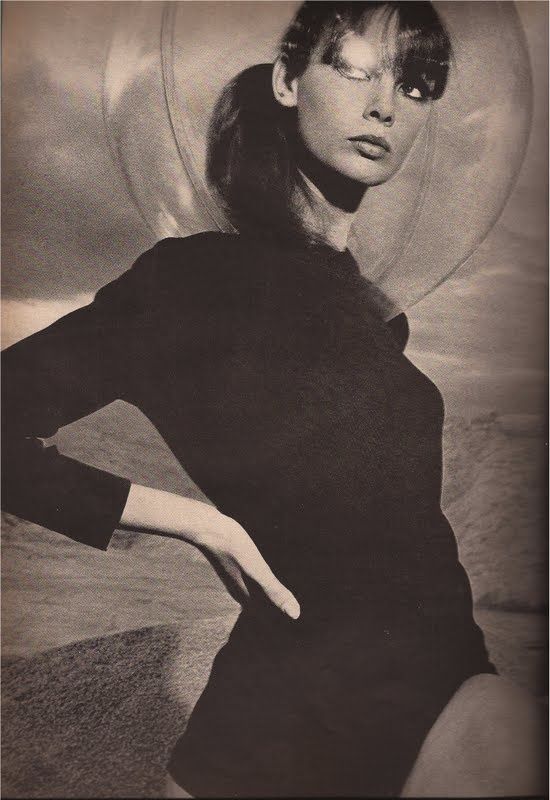
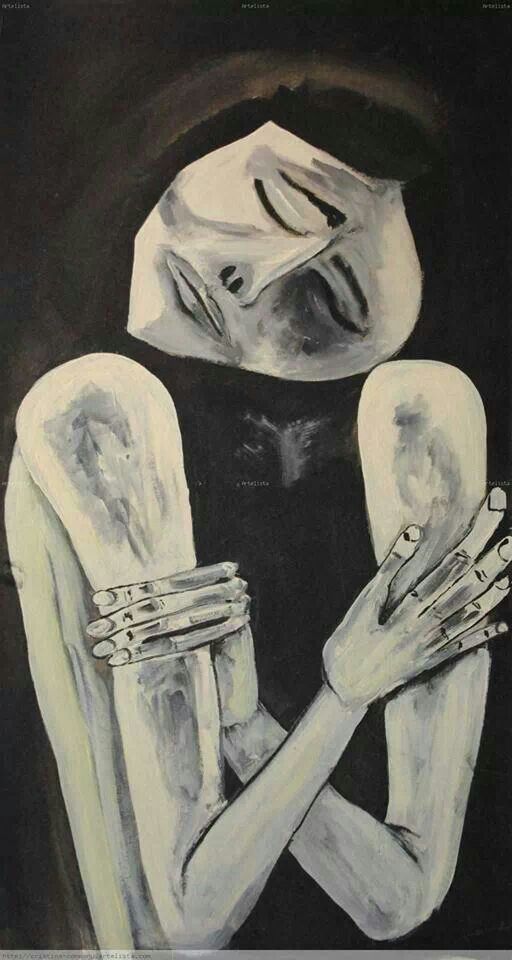

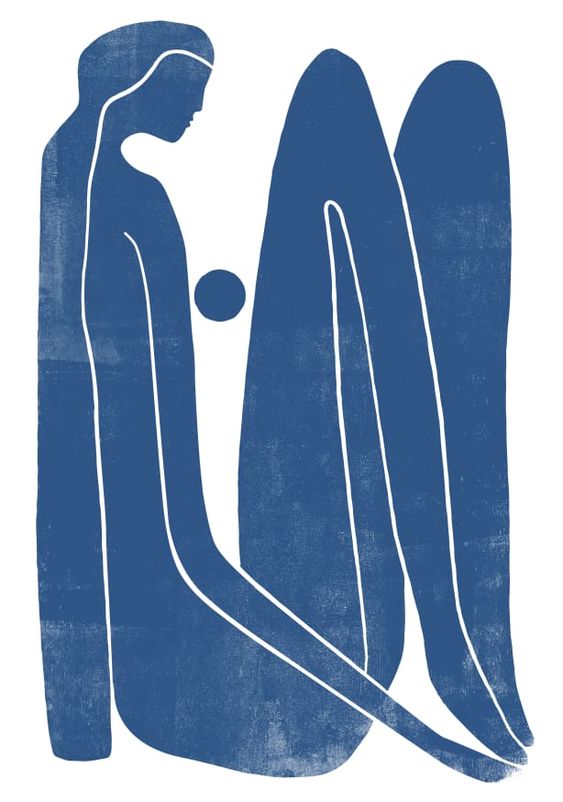
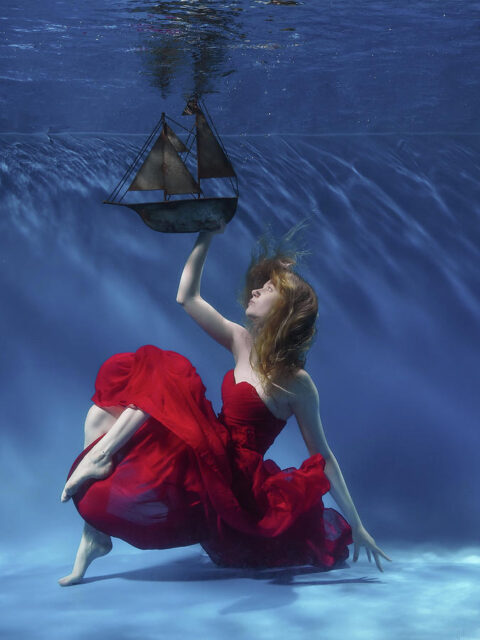


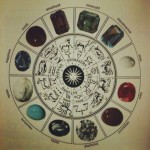
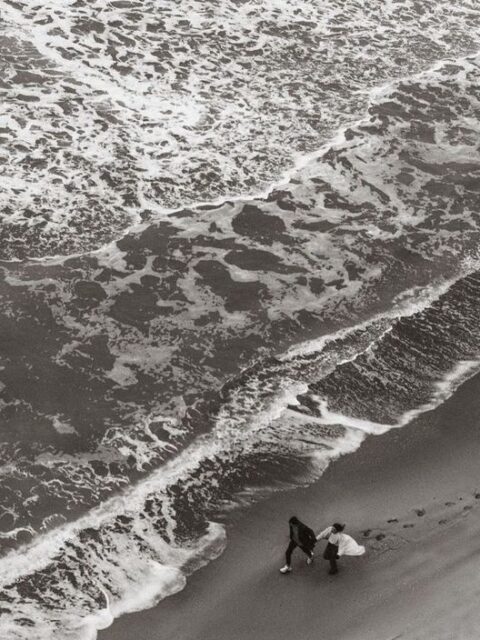

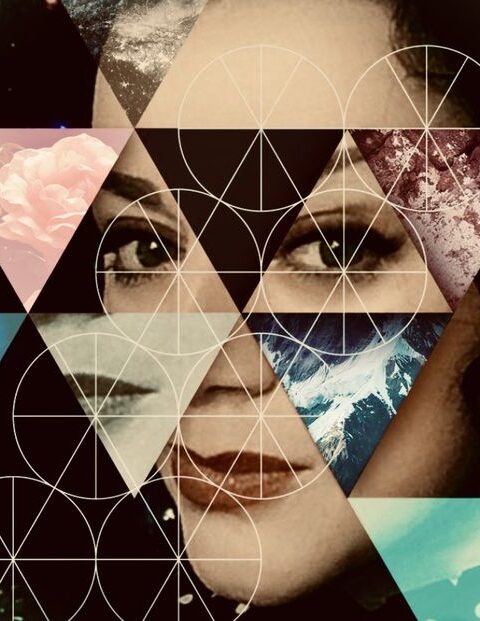

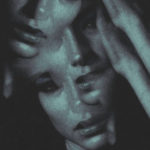

 Venus-Pluto Synastry: A Love So Powerful That It Might Just Kill Them
Venus-Pluto Synastry: A Love So Powerful That It Might Just Kill Them
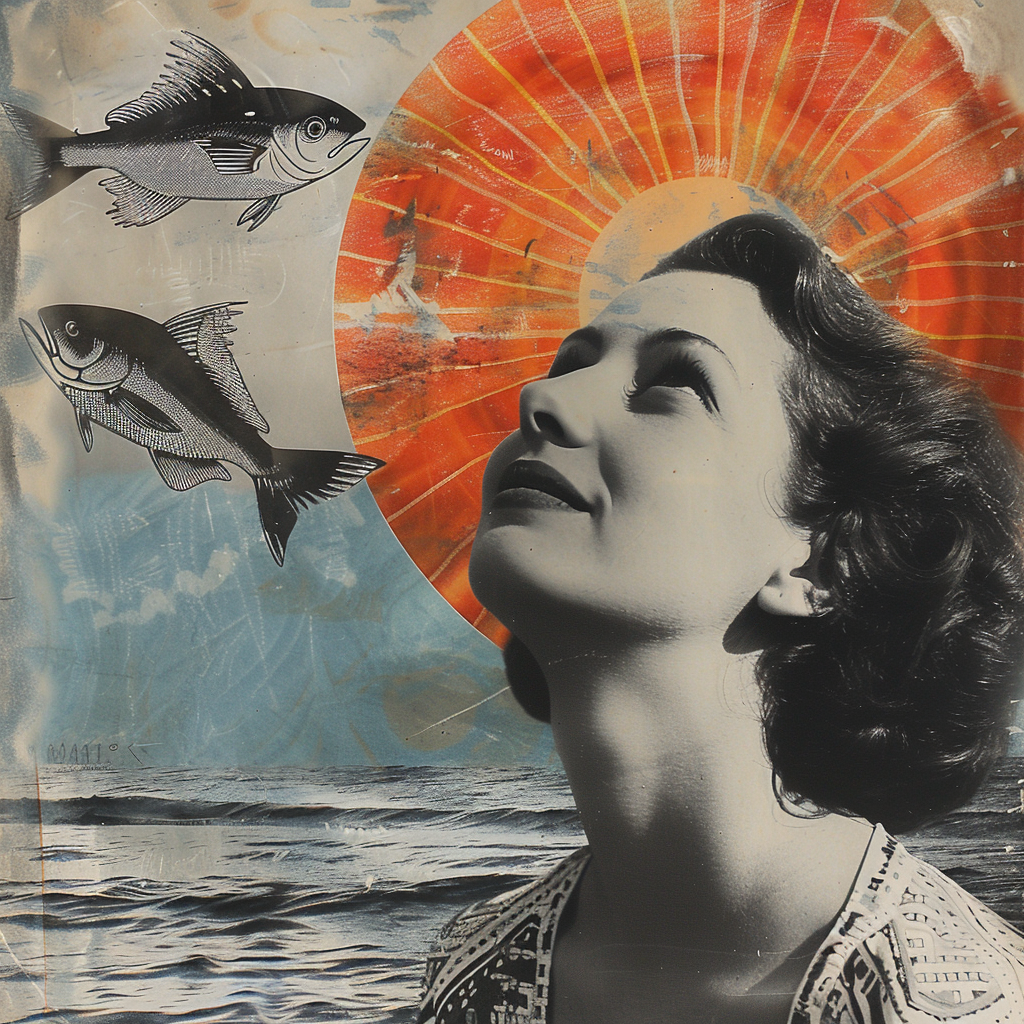 The Pisces Woman
The Pisces Woman
 A Planet in the 8th House: Gets Into the Same Situations Over and Over. It Has to Do With Its Connection to the Dead!
A Planet in the 8th House: Gets Into the Same Situations Over and Over. It Has to Do With Its Connection to the Dead!
 Pluto-Sun Transits: What’s Changed?
Pluto-Sun Transits: What’s Changed?
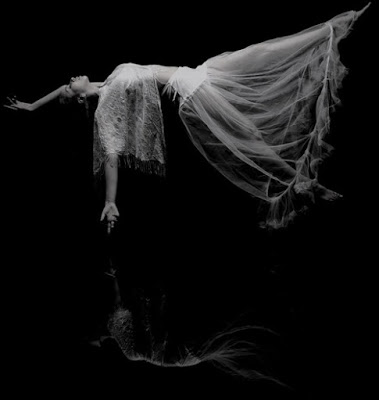 Pluto Transits the 8th House: Major Life-Altering Undertakings
Pluto Transits the 8th House: Major Life-Altering Undertakings
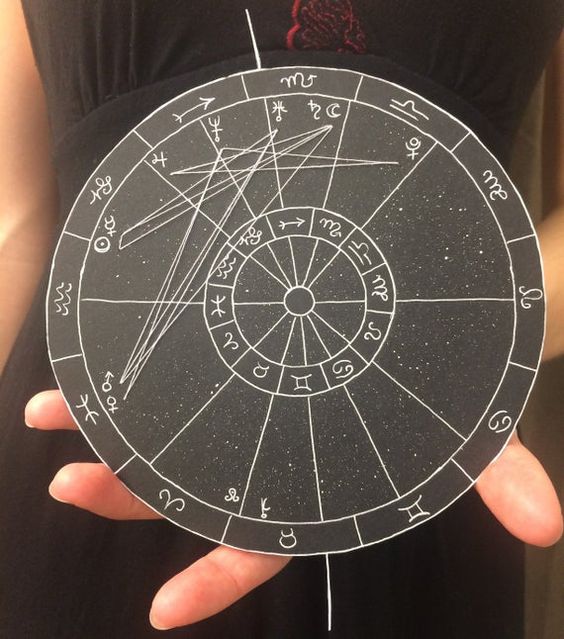 Astrology Degrees and Meaning
Astrology Degrees and Meaning
 Mars-Pluto Synastry: Something Quite Dark and Dangerous
Mars-Pluto Synastry: Something Quite Dark and Dangerous
 Uranus Transits the 4th House: The Chaotic Path to Personal Inner Growth
Uranus Transits the 4th House: The Chaotic Path to Personal Inner Growth
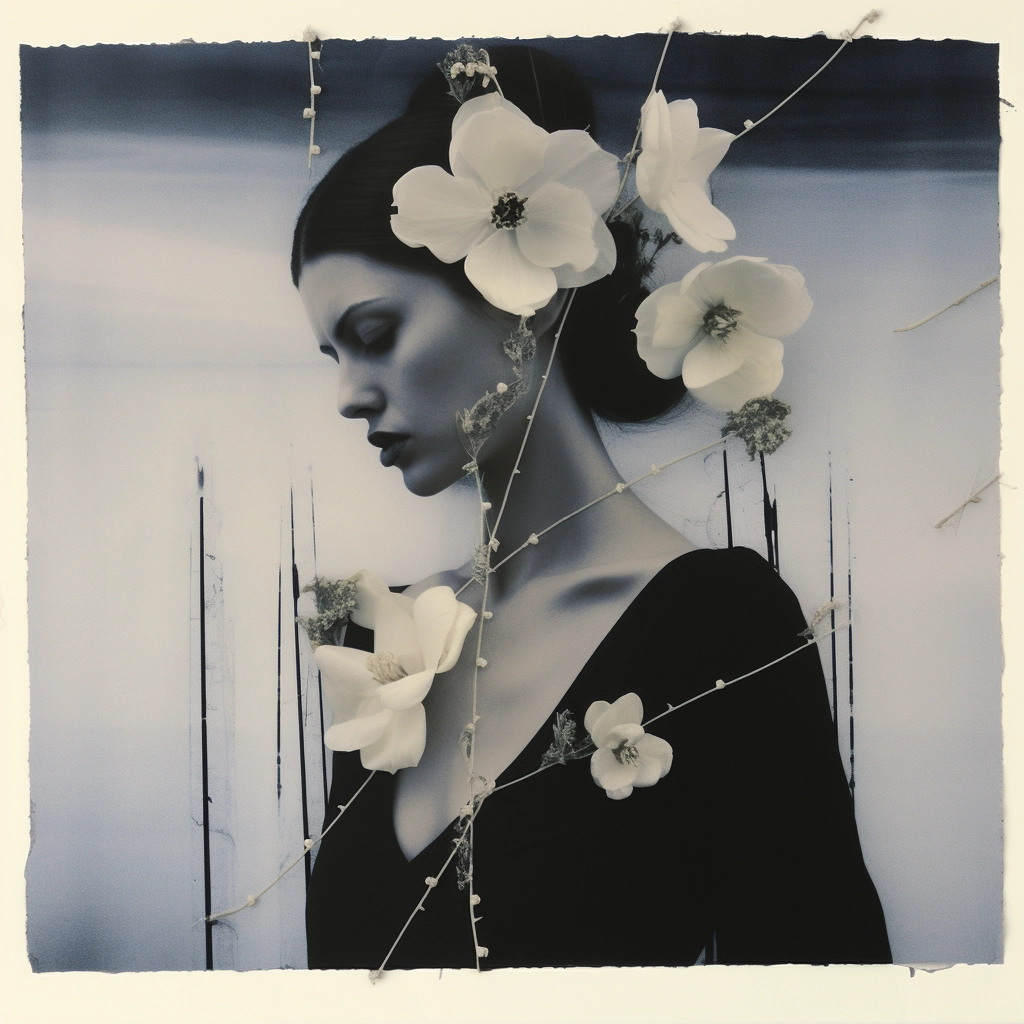 Pluto in Libra in the 2nd House: Lessons on Self-Worth and Financial Independence
Pluto in Libra in the 2nd House: Lessons on Self-Worth and Financial Independence
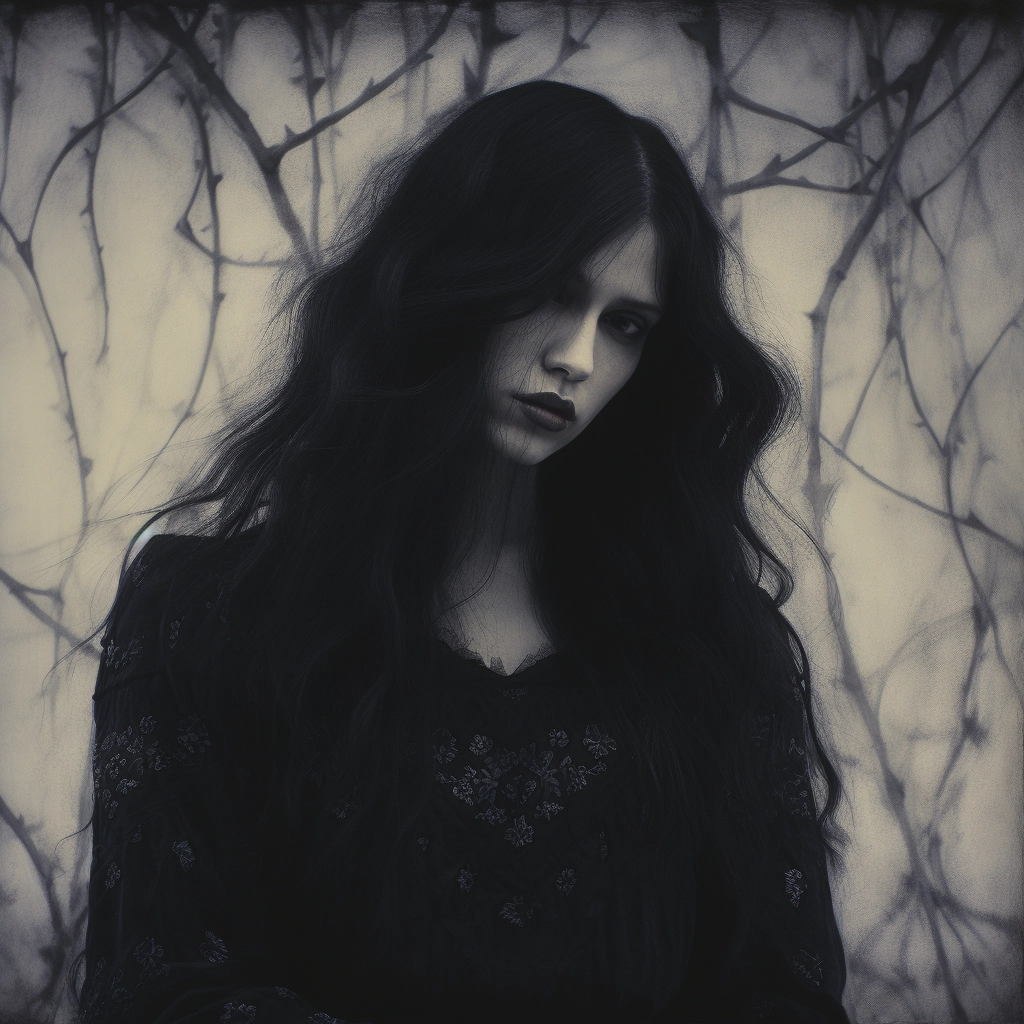 South Node in Scorpio or 8th House
South Node in Scorpio or 8th House
 Pluto Transits the 1st House: What to Expect?
Pluto Transits the 1st House: What to Expect?
 Sun Square Pluto Synastry: You’ve Got That Power Over Me
Sun Square Pluto Synastry: You’ve Got That Power Over Me
 Composite Sun in the 8th House: Weather the Storm
Composite Sun in the 8th House: Weather the Storm
 Venus Opposite Saturn
Venus Opposite Saturn
 Aquarius: What Does Consciousness Mean to Them?
Aquarius: What Does Consciousness Mean to Them?
 Uranus Transits: 1st House: Winds of Change:
Uranus Transits: 1st House: Winds of Change:
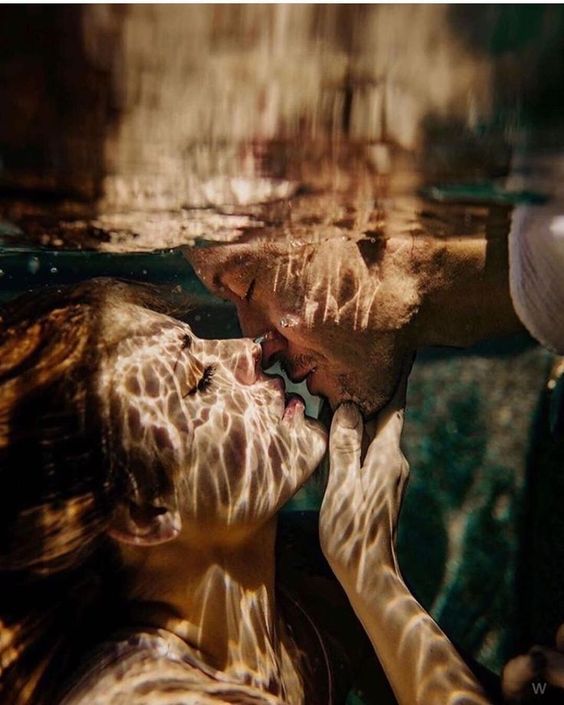 Love’s Mirage: The Sun- Neptune Synastry Influence
Love’s Mirage: The Sun- Neptune Synastry Influence
 Moon-Saturn Synastry
Moon-Saturn Synastry
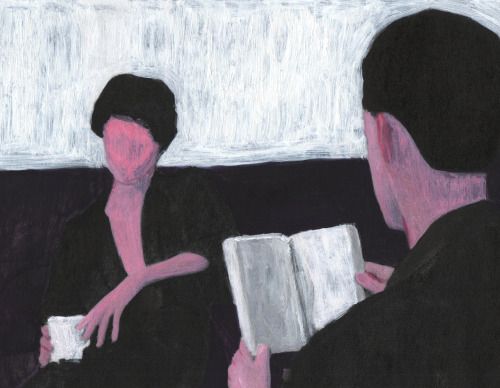 Mercury Trine Pluto Synastry: Into the Rabbit Hole
Mercury Trine Pluto Synastry: Into the Rabbit Hole
 Pluto in the 1st House: Body Language Tips (Gifs)
Pluto in the 1st House: Body Language Tips (Gifs)